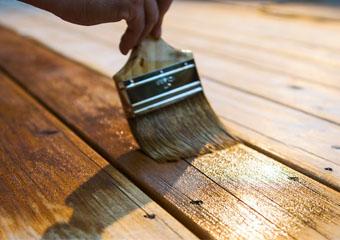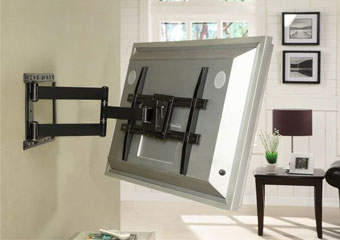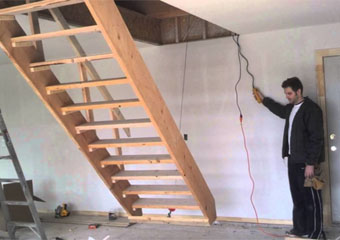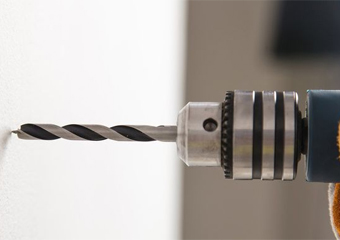Updated: 08/12/2020
How to Paint Wood
External paintwork and maintenance is a tedious and time-consuming, but necessary job. While it is mostly ignored or procrastinated, it should be done early on to avoid huge costs later. It is tempting to make the interior look beautiful, elegant, or inviting, and ignore the exterior of the house. Almost all experts advise against neglecting the outside of the house. The exterior maintenance and paint help protect the woodwork and the foundations of the house from rot, damp, and mould.
With the improvements in paint and technology, different types of wood paint are now readily available in the market. This increase in numbers and volume has led to a decrease in the overall cost of the paint. What this means is that painting the exterior of the house to suit the ever changing British weather is not necessarily an expensive job.
These aspects of home maintenance should be done quickly to save money and time in the long term.
When is the Best Time to Paint Wood?
Warm and summer months are ideal times in the year to paint wood. Exterior wood paints do not dry in the rainy season or during the cold. Cold, damp periods can wreak havoc on woodwork, wood stains, and paints.
Oils and stains should be applied before paint application to ensure the wood stays in excellent condition for more extended periods. Wood preserver should also be liberally applied in 2 coats, so the wood absorbs all the preserver and does not absorb the paint directly. Doing this helps preserve the wood for an extended period to avoid damp, fungus, mould, and rot. Since wooden doors and windows can expand slightly during the rainy and winter seasons, it is best to ensure the wood soaks as much preserver as possible before applying the coats of paint.
How to Restore Outdoor Woodwork?
Outdoor woodwork needs to be cured with cleaning, wood filler, and an abrasive paper to remove any mildew or algae. Scrub down the doors and windows with soap and hot water solution and a rough scouring cloth. Rinse off with fresh, clean water, and apply a sterilizing solution. You should follow this process for patios and outdoor spaces before applying decking paint.
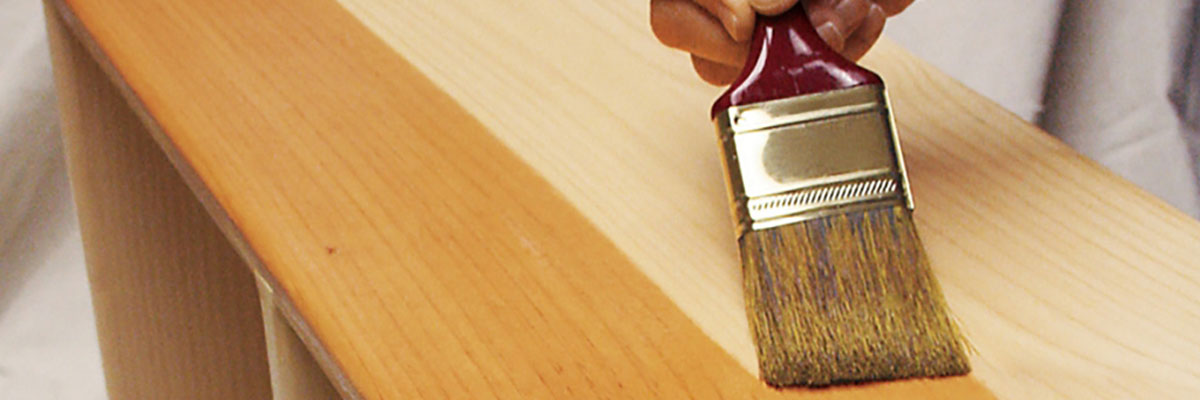
Once done, scrape off the earlier flaky paint with a scraper or a chemical paint stripping solution. If using this solution, ensure you put a neutralizer to help restore the wood. Rake out any rumbling putty from windows and apply fresh putty. Removing old putty is essential for removing condensation from gaps. Then, replace the beading if it has turned rotten. Remove old screws if rusted, and replace the screws on all doors and windows.
Now apply the wood preserver and wood filler and smoothen it down with glasspaper before using paint.
Repeat these steps on any outdoor wooden surfaces depending on the degree of damage or rot. If the wood is damaged beyond repair, consider replacing it with fresh timber and then treating it to accept the oil and wood preserver before continuing with the painting work.
How to Paint Wood?
If the existing paintwork is in good condition, start prepping the exterior wood by rubbing down the surface with a good quality scraper or abrasive substance. Loose and flaky paint needs to be removed first to avoid further damage. Water damaged wood needs to be sanded down and treated with a wood preserver to restore it to its earlier condition. Allow the wood to rest and dry out before using any primers.
Exterior wood paints are usually one of two types – water-based or solvent-based (oil-based). Water-based paints are generally all-in-one and should be applied directly without needing a separate primer, preserver, and finish. Solvent-based paints need an undercoat with a different finish.
Water-based paints are usually not glossy and do not have a high shine. Oil-based paints have an incredible sheen and finish. Water-based variants in exterior wood paints are also longer lasting than their oil-based counterparts.
To paint wood:
- Ensure that the weather forecast is sunny or mildly cloudy without a chance of rain.
- Scrape old paint off and prep the wood with a preserver.
- Read the manufacturer’s instructions on the paint can carefully before beginning.
- Ensure that the colour has enough time to dry off before applying another coat of paint.
- When painting, always follow the grain of the wood.
- Use suitable quality primers, preservers, undercoats, and varnishes to maintain the health and shine of the paint.
- Paint all doors and windows before starting on the walls to ensure enough drying time till evening or night.
Related Reads
What Paint To Use On Wood?
Updated: 08/12/2020What Paint To Use On Wood?Everyone wants their house or property to look fantastic and gleaming throughout the year. The key to getting this beautiful look all year round is selecting the perfect paint for interior and exterior wood surfaces. Small...
How to Mount a TV on the Wall Without Studs
Updated: 07/12/2020How to Mount a TV on the Wall Without StudsTVs have gotten thinner in width, but better in quality and image resolution. Old clunky televisions with small screens and small bodies have slowly become obsolete. The newer generations of TV models have...
How to Install a Loft Ladder
Updated: 06/12/2020How to Install a Loft LadderGetting in and out of the loft can be a tedious task. A good quality loft ladder can help save a lot of time and can prevent mishaps from occurring. Most people in the UK use step ladders, chairs, or elevated footstools...
What is a Wall Stud?
Updated: 05/12/2020What is a Wall Stud?A wall stud is a vertical member that frames and forms the panels of the wall or of a partition. These partitions are known as wall studs, and are a common feature in most homes across the UK. These fundamental components help...
How to Find Studs in the Wall
Updated: 05/12/2020How to Find Studs in the WallAlmost all homeowners have gone through the agony of trying to find a stud wall in their home. Small things like hanging up mirrors, paintings, pictures, wall hangings, or towel racks can be horrible when you cannot find...
How to Drill a Hole in the Wall
Updated: 23/07/2020How to Drill a Hole in the WallGetting work done around the house is a necessity. Most of us need to drill holes into our home walls every once in a while. Purchasing cordless drills, different drill bits, and plugs are easily done online. The real...

